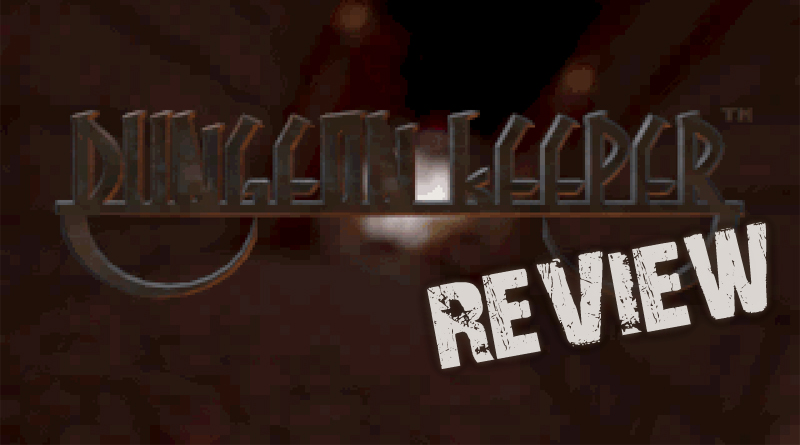While most players found purging dungeons of their monsters and loot to be a fun way to spend an afternoon, in 1997 Bullfrog released a game that took an entirely different perspective. Instead of being the hero, you would instead be the villain; creating nasty despicable dungeons to foil the heroes above and corrupt the land above would not only be your forte, but your calling. In Dungeon Keeper, you’re very bad, and that’s very good.
Storyline
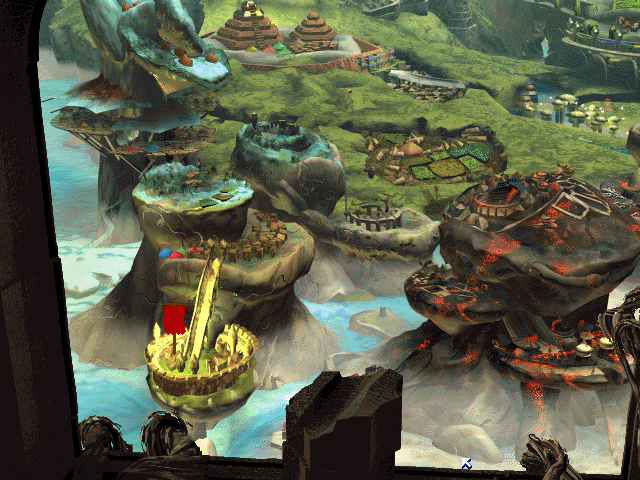
Sure corruption of peaceful lands takes time, but everyone needs a hobby.
Dungeon Keeper’s story is as simple as can be: You are a dungeon keeper, tasked with taking over the underground below the peaceful and blissfully unaware land with monsters and traps of varying yet all equally nefarious intentions. Of course, like any dungeon worth its salt, heroes will seek to purify your creatures’ home, or in other words, kill every monster in the name of all that is good. That could be bad news for you, or it could be bad news for them.
In other instances, you seek to destroy other dungeon keepers’ homes, and they will be your most formidable foes. Nevertheless, you seek to claim all of the land as your own, and corrupt the world above with your influence.
Gameplay
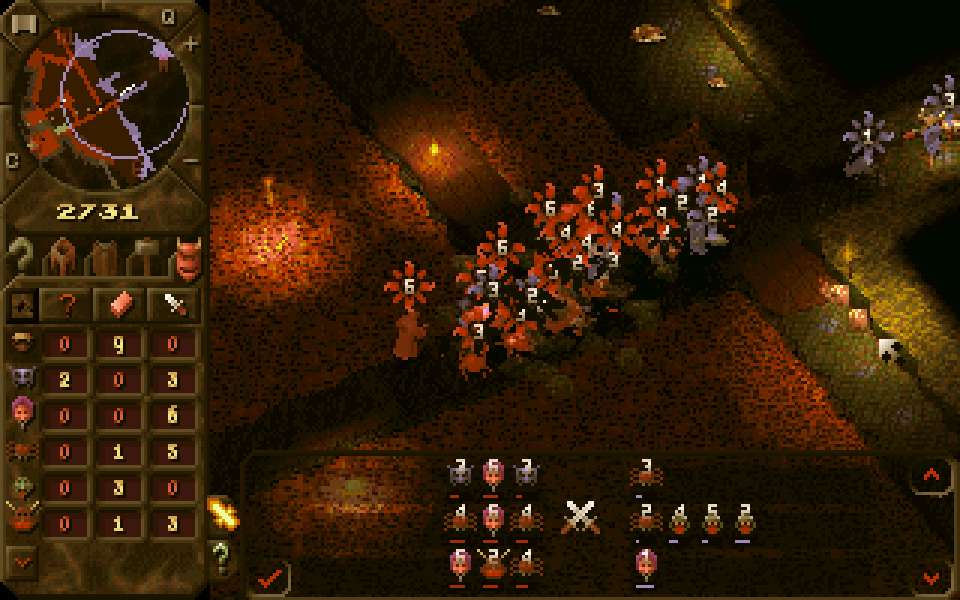
In this classic strategy game, you’re put in the delightfully evil position of dungeon keeper, for all the power and stresses it brings. You start from the bottom and work your way up, slowly gaining new despicable ways in each level that you progress to deal with your enemies or dish out punishment to any hero or creature who dares answer to another. Your goal in each level usually comes down to killing everything that isn’t an ally, or destroying their dungeon’s heart, and keep them from doing the same to you.
As you construct more, dig through the earth, and branch out your dungeon, you’ll attract a variety of interesting creatures. You can train your creatures to become more formidable in a fight, but for your own dirty deeds, they’re not done cheap– you need gold. You can mine such a valuable resource from the deep rocks around you, but this is usually limited. As well as this, some creatures are more suitable for researching new defenses to your dungeon, so you have to place them accordingly.
Some creatures, like spiders and giant flies will fight among each other. The game will tell you to endeavor to keep them apart, but they always end up fighting anyway. The best thing to do is ignore them, because while they’ll kill each other, they’re not exactly your strongest forces either. Your attention will always be spent better elsewhere
When your creatures get into battle, it’s a fairly uninvolved event. What you may find yourself doing is grabbing several of your stronger creatures and tossing them into the fray to tip things into your favor, but you’ll lose track of your creatures rather quickly in the fight; as pictured above so many of them will crowd around the same spot and it would be difficult to grab one out if death were to be imminent.
At times, you will be notified that your creatures are getting angry, but with no indication as to why. They get upset enough, they up and desert you– which makes it even more frustrating because you don’t know how to rectify the situation and you’re losing creatures as a result.
There is an ability called “Call to arms” which, if you believed the description, “Calls all your creatures to an area of your dungeon.” Unfortunately, you’ll find that a majority of the time your creatures will outright ignore this. This makes pushing into enemy territory limited to usually grabbing eight creatures at a time and placing them as close as you can and hope they catch an enemy in their sights, otherwise they run in the opposite direction than you’d want. Sometimes this means running straight through enemy traps which, as you might imagine, may lead in the occasional untimely death.
Graphics
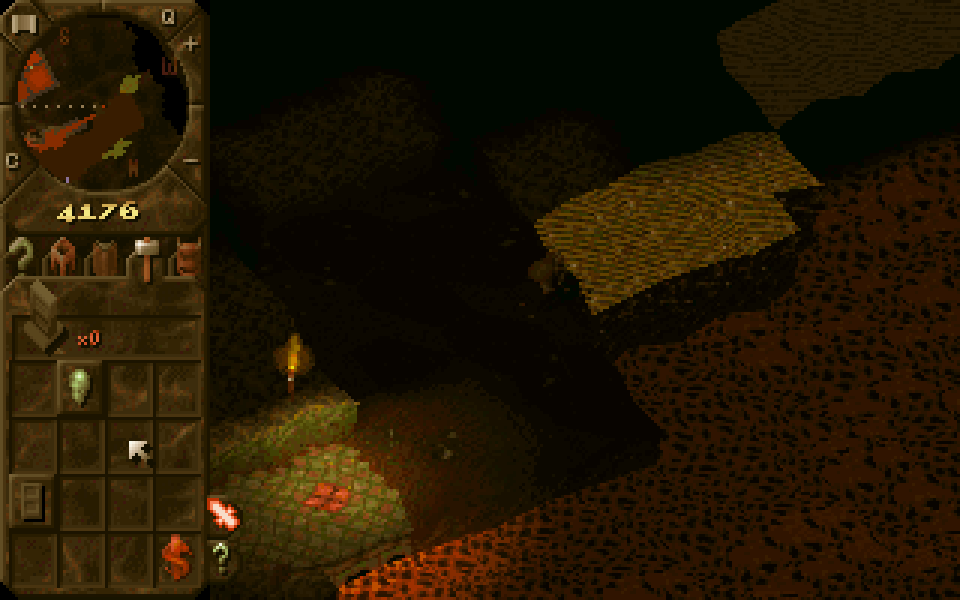
Dark, dingy, dirty, slightly depressing– if there’s anything that can be said about Dungeon Keeper, it hits the nail on the head when it comes to the sort of place you’d expect monsters to live. That said, the result is a game that’s got a lot of brown for dirt, a lot of red for lava, and not much else. Dungeon Keeper is not a very pretty looking game, but every bit of information you could ever need is available to you at all times.
Sound
Dark and damp caverns tend to be pretty echoe-filled and, well, damp. While not the happiest sounding game, that’s the point. The dripping of underground water here and there, the sound of lava or the scurrying of your creatures and the occasional queuing of music at random is better than no noise, and while it’s excellently done, it doesn’t do much to enhance the experience.
Now, for the narrator, or your mentor, who speaks to you between each level, is by far the best part of the whole game. A sinister voice with a sarcastic and evil wit, he tells you about the sickeningly peaceful areas which you are about to conquer in such a dry and spiteful way that it’s a reward enough in itself for completing each level.
Replayability
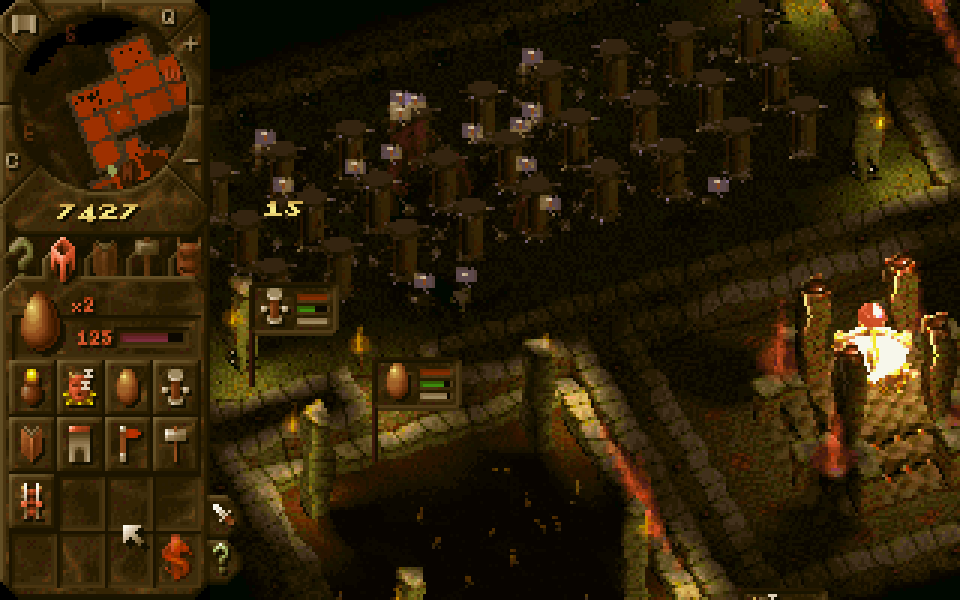
Dungeon keeper is not a very replayable game. Each level is so similar in its structure that a lot of the game blends together. However, the game is still quite enjoyable and using a variety of different tactics for each approach to a playthrough which can potentially provide more for those interested in tackling linear objectives in multiple ways.
Verdict
Dungeon Keeper is a difficult yet fulfilling strategy game with a good sense of humor, we highly suggest playing it as soon as you can.
- Storyline – 65%
- Gameplay – 90%
- Graphics – 70%
- Sound – 80%
- Replayability – 70%
Final Verdict – 75%
We heartily recommend playing Dungeon Keeper. Currently this game is only available on Good Old Games, and will run through DOSBox on even the newest operating systems. Like many classic games, the true enjoyment of Dungeon Keeper comes from its excellent and in-depth gameplay. If you enjoy strategy games and don’t own this game, you’re missing out on a truly amazing game.
